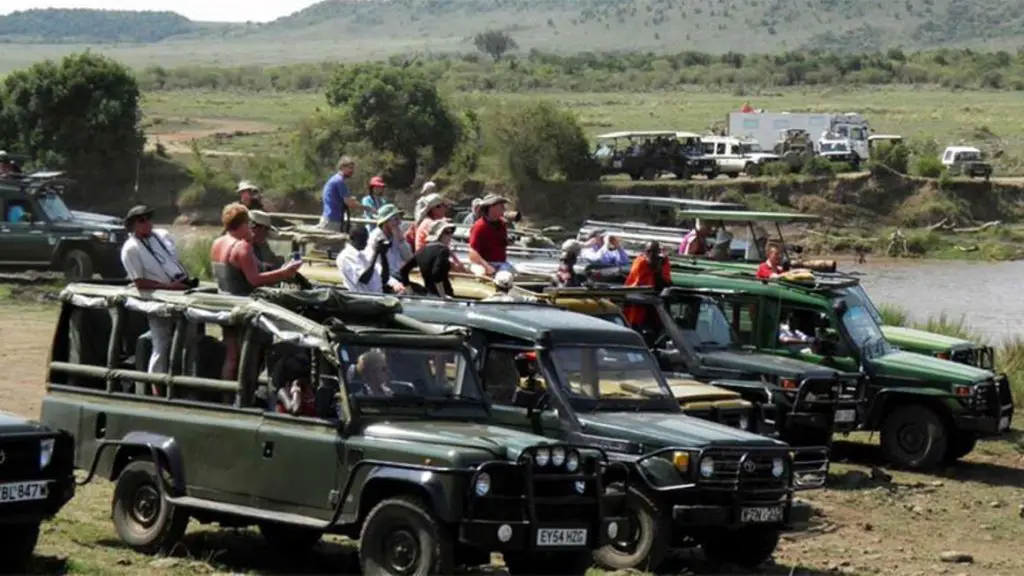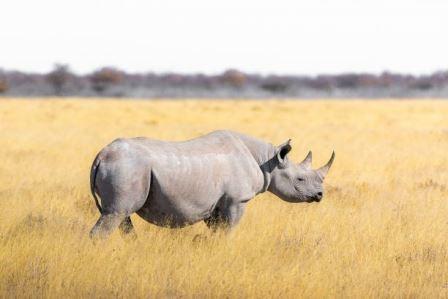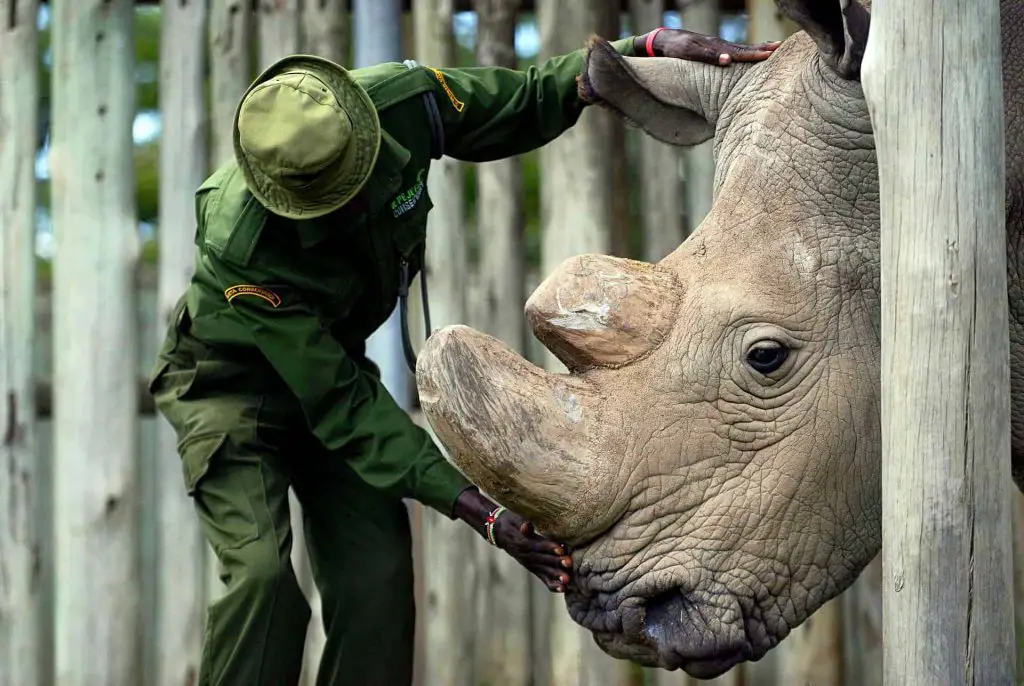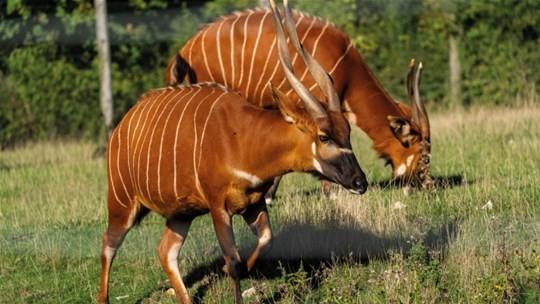- d.light’s 600,000 cookstoves project verified as top source of quality carbon credits
- Artificial intelligence (AI) could create a turning point for financial inclusion in Africa
- AIM Congress 2024: Catalysing global investments with awards
- Kenya’s economic resurgence in 2024
- The most stressful cities to live in 2024 exposed
- Tech ventures can now apply for the Africa Tech Summit London Investment Showcase
- State of journalism survey 2024 shows media houses are lagging in AI adoption
- Forum sets the stage to unleash global potential for startups during AIM Congress 2024
Browsing: Kenya Wildlife Service (KWS)
Through the use of a digital payment system and online ticketing, which the Kenya Wildlife Service (KWS) intends to implement in all of the country’s national parks and reserves, the number of tourists, both local and non-resident, will be restricted to an acceptable level.
The digital system will generate tickets that contain information about the traveller, such as the validity date of the ticket, as well as a cost breakdown that details all of the prices, including the portions of those fees that are designated for park development and conservation.
According to the Ministry of Tourism and Wildlife, “capping the size of tourists in priority parks could limit the overall number of tourists but shouldn’t severely affect overall earnings if accompanied by a seasonal increase in costs.”…
- The human-wildlife conflict has cost the Kenyan government KSh1.2 billion ($120 million) in the last five years alone and the figure is set to shoot upwards
- While the headlines have raised the status of Kenya as a conservation hub, there has been a crisis brewing in the sector
- In the period under review, KSh569 million ($5.69 million) was used to pay off 163 families whose kin were killed by wildlife in various parts of the country
Kenya has always been at the centre of wildlife conservation due to its world-renowned national parks and an active conservation movement. Drawn by the large economic benefits brought about by tourism, wildlife conservation is however increasingly becoming a strained trade.
Three events have happened to cement Kenya as the centre for conservation. First, a project to maintain the legacy of the last white rhino in the world received a boost after the country announced …
Kenya has always been at the center of wildlife conservation due to its world-renowned national parks and an active conservation movement. Drawn by the large economic benefits brought about by tourism, wildlife conservation is however increasingly becoming a strained trade.
Three events happened in the last two months that have cemented Kenya as the center for conservation. First, a project to maintain the legacy of the last white rhino in the world received a boost after the country announced the successful fertilization and creation of new embryos from the original bull.
This research was conducted by Kenya Wildlife Services, OlPajeta Conservancy both based in Kenya, Berlin-based Leibniz Institute for Zoo and Wildlife Research (Leibniz-IZW), Italian institute Avantea, and DvůrKrálové Zoo based in the Czech Republic.
The scientists and conservationists predict to have more embryos ready for eventual breeding and repopulation in the near future. This was a series of cutting-edge …
He was the world’s most eligible bachelor with tons of efforts being made to ensure his safety. As fate would have it, Sudan, the last northern white rhino male died in March 2018 at his home in Ol Pajeta Conservatory in Kenya.
Semen was collected in 2014 when Sudan was over 40 years old.
What followed have been efforts by scientists to ensure there is a continuation of the white rhino generation. So far, two embryos have been passed on to females and a third one has just been released.
In August 2019 a team of scientists and conservationists broke new ground in saving the northern white rhinoceros from extinction when they harvested eggs from the two remaining females, artificially inseminated those using frozen sperm from deceased males and created two viable northern white rhino embryos.
With great support from the Kenyan Government and in the presence of Hon Najib …
The Kenyan government, through the Ministry of Tourism and Wildlife, has announced it will set aside over 750 acres of land within Mount Kenya forest aide in the conservation of the critically endangered Mountain Bongo.
According to Tourism and Wildlife Cabinet Secretary Najib Balala, the land will help protect the Mountain Bongo, whose numbers have dropped to below 100 animals in the wild.
With fewer than 100 Bongos left in the Wild, the Mountain Bongo has been classified by the International Union for Conservation of Nature, as a critically endangered species.
READ ALSO:Kenyan Retail Complex, The Hub, seeks to save endangered African species
“The land set aside by the Kenya Forest Service will enable us to increase the number of Mountain Bongos to a sustainable population. We currently have 96 Mountain Bongos in the wild and 77 in captivity being used for breeding by the Mount Kenya Wildlife Conservancy,” …








